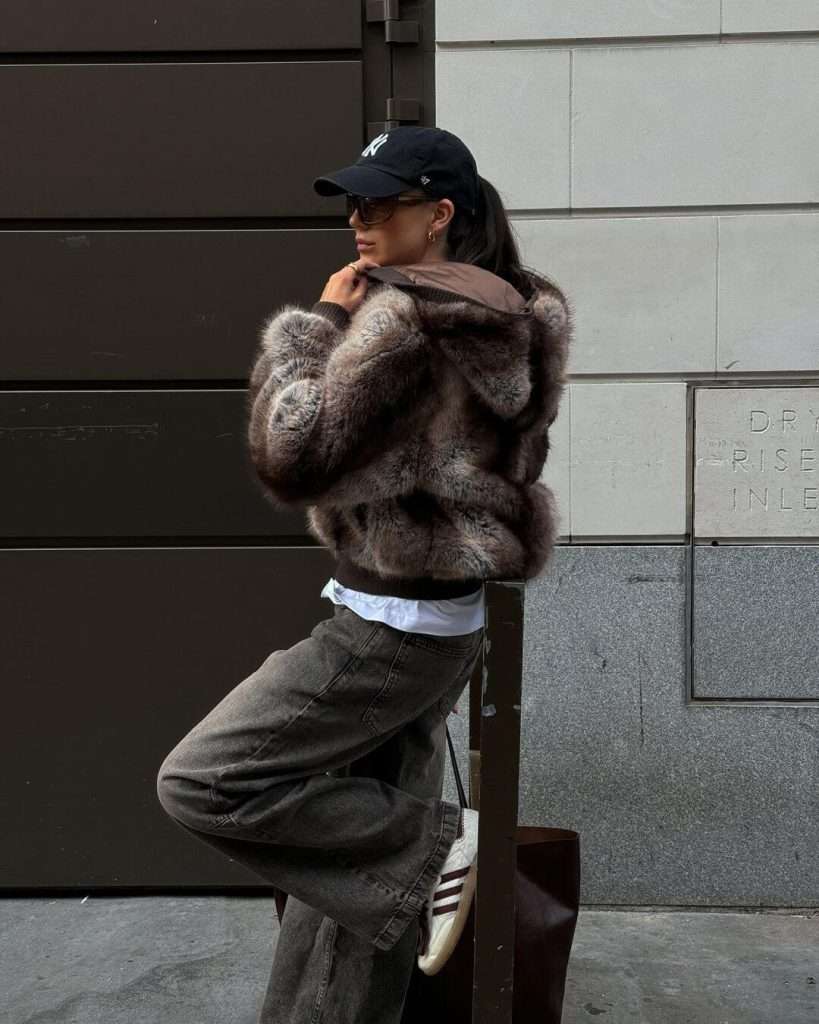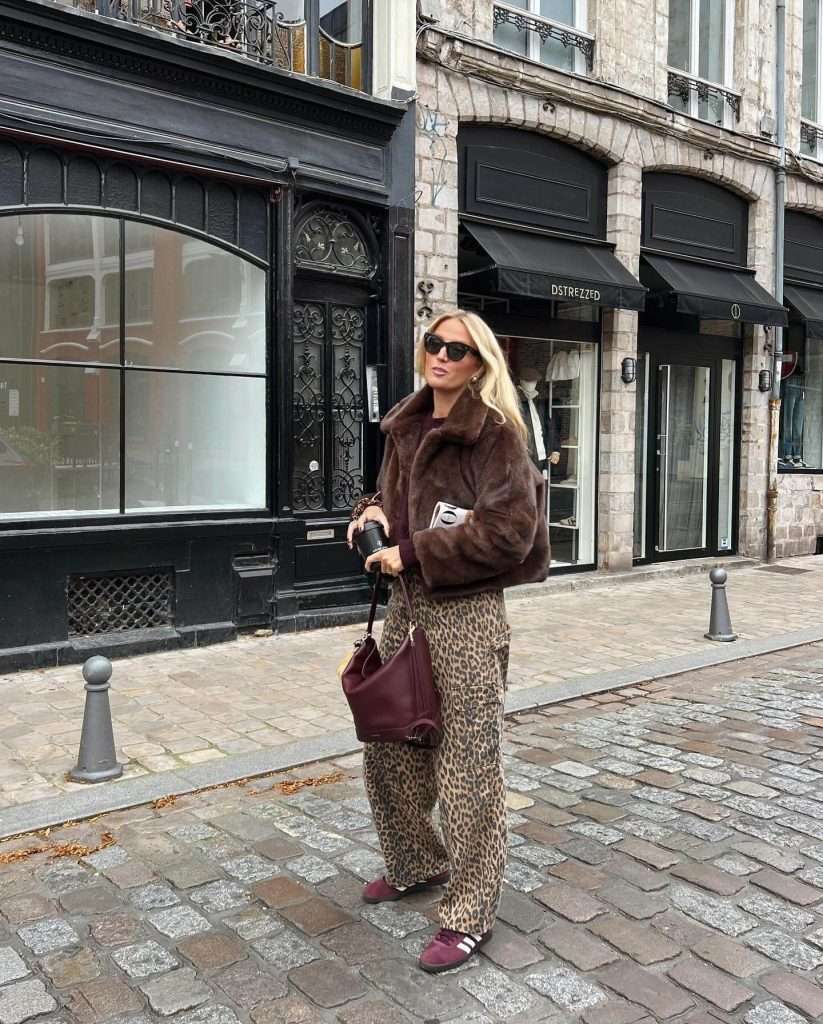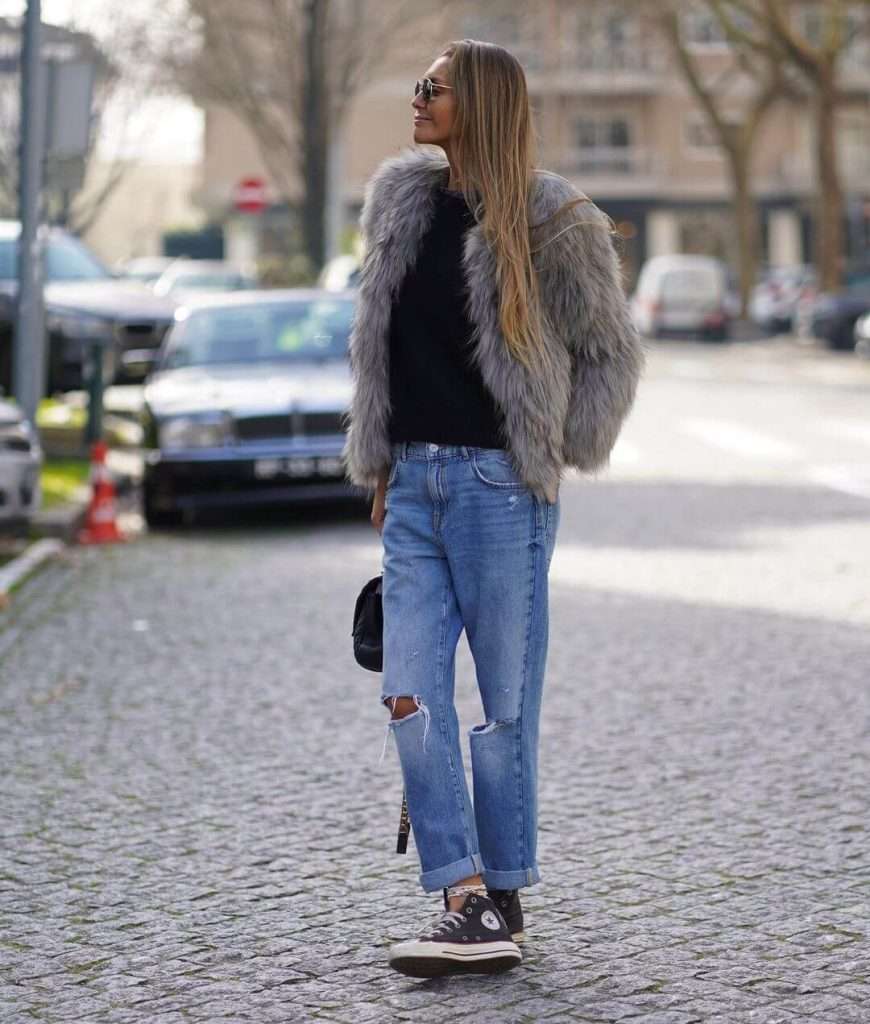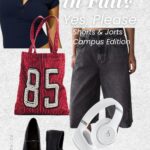Learn about faux fur, plant-based options, upcycling, and more, as fashion brands like Gucci and Prada embrace eco-friendly practices for a better future. Discover sustainable alternatives to fur that are transforming the fashion industry.
Fashion is an important part of our lives, allowing people to express themselves and showcase their individuality. However, behind the pursuit of beauty lies the major concerns of environmental issues and animal welfare. Many fashion brands have discontinued the use of fur, including Gucci, Prada, Chanel, and Burberry, which have completely eliminated fur from their collections. As a result, sustainable alternatives to fur are gaining significant attention. In this article, we will explore various eco-friendly alternatives to fur and the impact they are bringing to the fashion industry.
Faux Fur: Fake Fur, Real Potential

Faux fur is one of the most well-known alternatives to traditional fur. Made from synthetic fibers like polyester and acrylic, faux fur provides a similar texture to real fur without harming animals. Although synthetic materials have environmental limitations, the recent development of biodegradable synthetic fibers is helping to improve the sustainability of faux fur.
Plantation Fur: Softness Offered by Nature
Plantation fur, which uses plant-based materials, is also gaining popularity. Made from bamboo fibers or corn starch, these plant-based materials are biodegradable and environmentally friendly. They provide a luxurious feel similar to fur while allowing for a more eco-friendly approach to fashion.
Upcycling: Creating New Value Through Recycling
Another promising alternative is upcycling existing fur products. This involves disassembling old fur coats or accessories and reconstructing them into new designs, reducing the consumption of additional resources and contributing to environmental protection. Upcycling gives new value to old products and is a way to achieve both sustainability and originality, inspiring many fashion designers.
Microbial-Based Materials: The Innovation of Future Fashion

Materials made using microorganisms have recently emerged as one of the most innovative alternatives in the fashion industry. These materials, produced through fungi or cell culture, can mimic the texture of natural fur and be created without harming animals. This combination of cutting-edge technology and fashion is driving new innovations in the fashion industry.
Koba Faux Fur: Corn-Based Faux Fur
Koba Faux Fur, made from corn-derived raw materials, is one of the leading sustainable fur alternatives. It has a much lower carbon footprint compared to traditional faux fur and boasts a luxurious texture. Such materials are increasingly being adopted by fashion brands, demonstrating the direction of sustainable fashion.
Natural Fibers: Wool, Hemp, and Organic Cotton
Natural fibers are also a strong alternative to traditional fur. Wool from ethically raised sheep, hemp fibers, and organic cotton are biodegradable and have less negative environmental impact. These natural materials maintain the luxurious feel of traditional fur while enabling more sustainable fashion.
The Future of Fashion with Sustainable Fur Alternatives

The most significant aspect of sustainable fur alternatives is that fashion is no longer just about beauty—it is moving towards considering environmental protection and ethical values. Today, consumers are not only interested in purchasing products but also care about how those products are made and the values they represent. Eco-friendly alternatives to fur meet these evolving consumer demands and play a significant role in helping the fashion industry create a better future.
The Beginning of Change
Discontinuing the use of fur and seeking alternatives is not just about following a trend—it is a necessary change for a sustainable future. Faux fur, plantation fur, upcycling, microbial-based materials, and other alternatives show the potential for the fashion industry to move in an ethical and eco-friendly direction. As these materials continue to evolve and gain adoption, we can look forward to a sustainable future for fashion.
A future without fur is a transformation in the fashion industry, and an important first step that we can all take part in. Choosing sustainable alternatives is not only an individual choice but also a choice for the planet.



